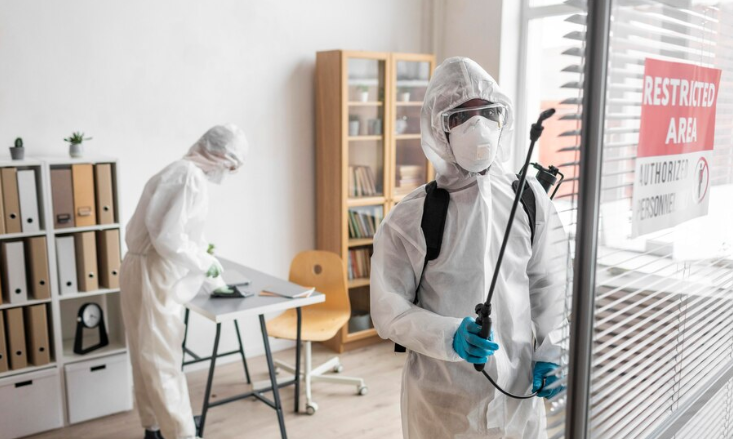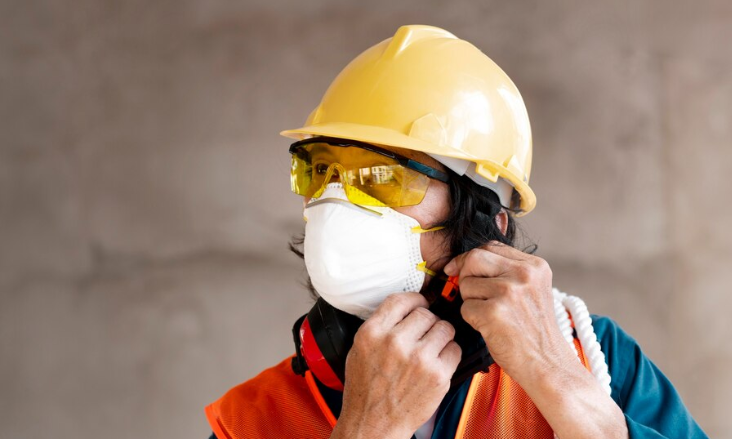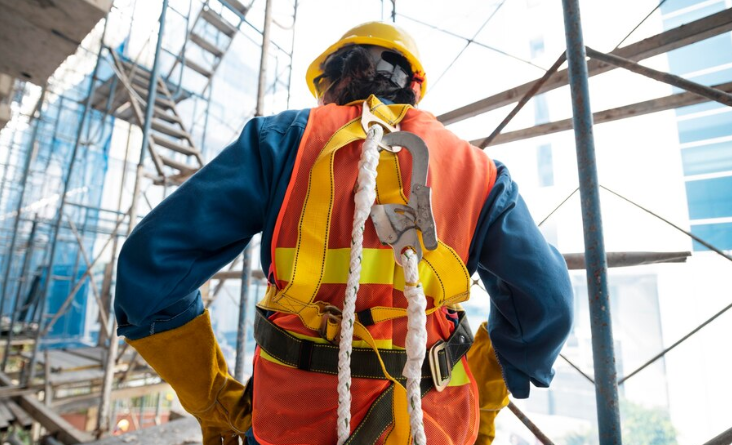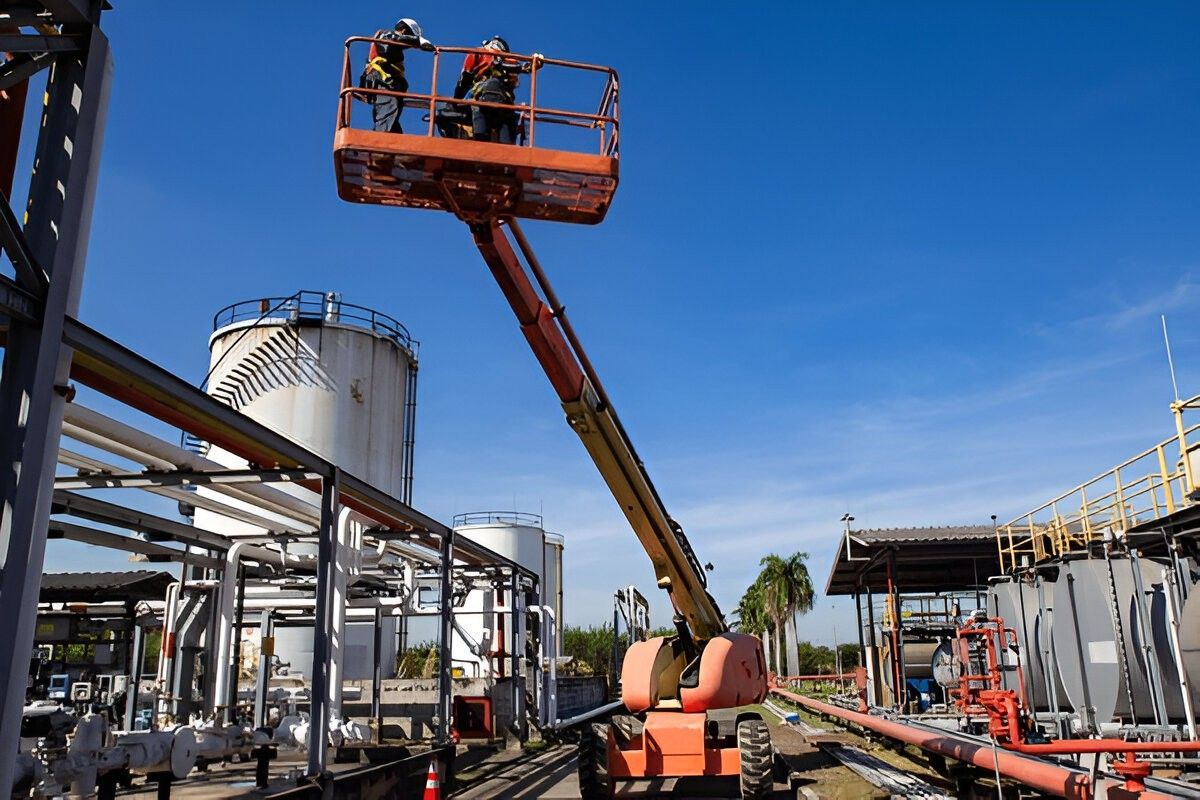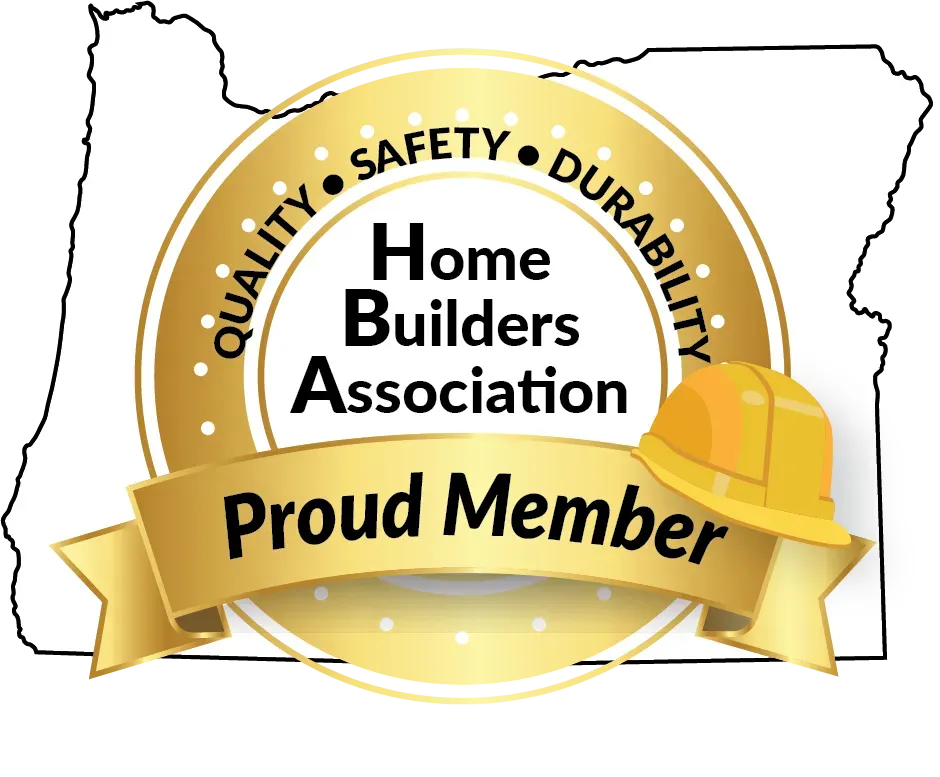Training Essentials for Minimizing Wildfire Smoke Exposure Risks
Wildfires can produce dangerous smoke that affects air quality. This smoke can pose serious health risks, especially for those who work outdoors. To help protect workers and communities, proper training is essential. This blog will cover the basics of protection from wildfire smoke training, with a focus on Cal OSHA wildfire smoke training.
Understanding Wildfire Smoke
Wildfire smoke is made up of gases and tiny particles. These particles can include ash, soot, and other harmful substances. When inhaled, they can cause breathing problems and other health issues. People with pre-existing conditions, such as asthma or heart disease, are at greater risk. That is why it is important to be aware of the dangers of wildfire smoke and how to protect oneself.
The Importance of Training
Training is vital for anyone who might be exposed to wildfire smoke. This includes outdoor workers, first responders, and even community members living near wildfire-prone areas. Protection from wildfire smoke training helps individuals understand the risks and learn how to protect themselves effectively.
Cal OSHA wildfire smoke training is specifically designed for workers in California. This training educates them on the health effects of wildfire smoke and the necessary steps to stay safe. By providing this training, employers can help reduce the risks associated with wildfire smoke exposure.
Key Components of Wildfire Smoke Training
There are different key components for wildlife smoke training:
1. Recognizing the Signs of Smoke Exposure
The first step in protection from wildfire smoke training is to recognize when smoke is present. Workers should learn how to identify visible smoke, smell, and changes in air quality. Training should also cover the Air Quality Index (AQI) and how to check local air quality reports.
2. Understanding Health Effects
Training should inform participants about the health effects of wildfire smoke. This includes short-term effects like coughing and throat irritation, as well as long-term effects like decreased lung function. Understanding these risks is essential for motivating individuals to take protective actions.
3. Proper Use of Personal Protective Equipment (PPE)
Personal protective equipment (PPE) plays a crucial role in minimizing smoke exposure. Training must cover how to choose the right PPE, such as N95 respirators or masks designed to filter out fine particles. Participants should practice putting on and taking off their PPE to ensure proper use. This hands-on training helps build confidence in using the equipment correctly.
4. Developing an Emergency Action Plan
Every workplace should have an emergency action plan that includes protocols for dealing with wildfire smoke. Training should guide participants in developing this plan, covering topics like evacuation routes, communication methods, and reporting unsafe conditions. Having a clear plan ensures everyone knows what to do in case of smoke exposure.
5. Hydration and Rest Breaks
Exposure to smoke can cause dehydration and fatigue. Training should emphasize the importance of staying hydrated and taking regular breaks. Employers should encourage workers to drink water and rest in a safe environment, away from smoke.
Protect Yourself with Karm Safety Solutions!
Choosing Karm Safety Solutions for your Protection from Wildfire Smoke Training means equipping yourself with vital skills and knowledge to navigate hazardous situations. Our expert-led training combines real-world scenarios and essential techniques, ensuring you understand the risks and are prepared to act. With hands-on experience and up-to-date strategies, you’ll gain confidence in protecting yourself and others from wildfire smoke dangers. Don’t leave safety to chance—take control today! Ready to breathe easier? Sign up now!


